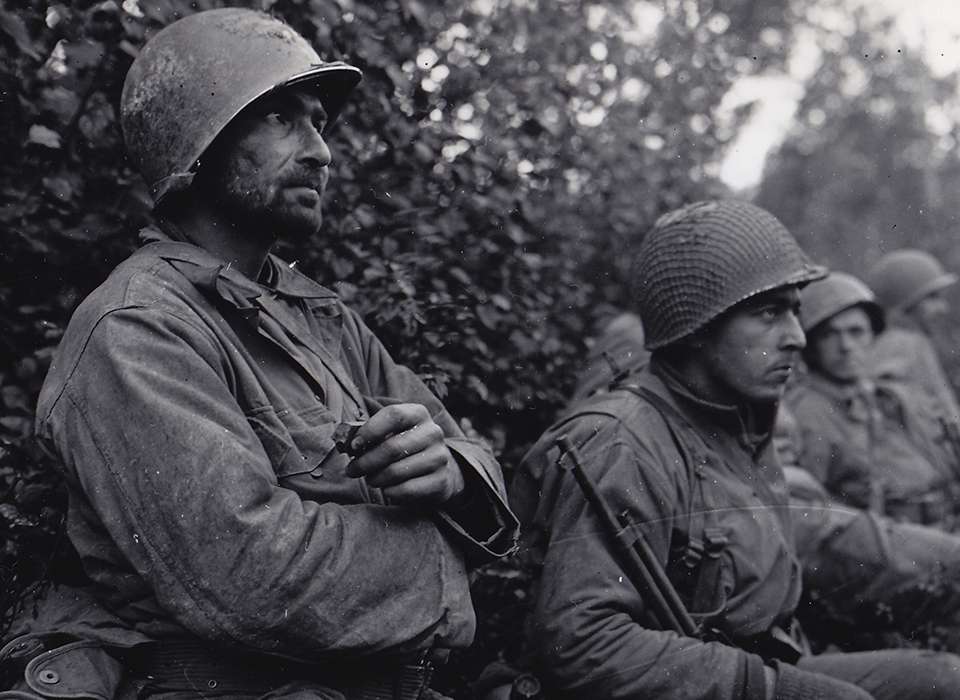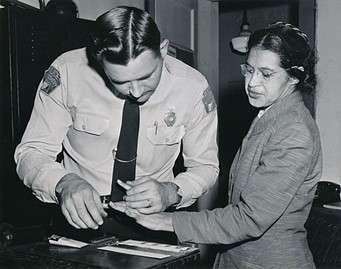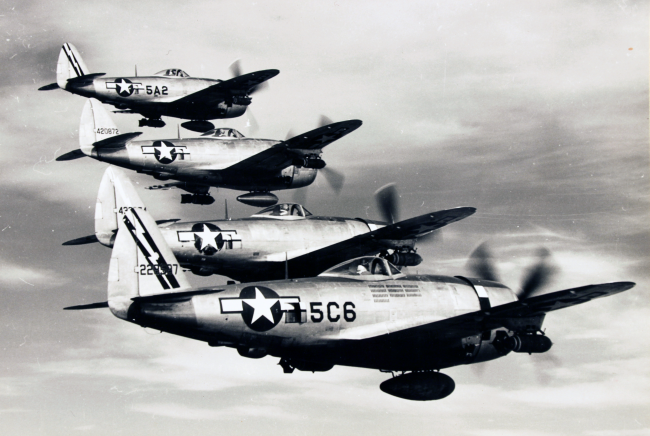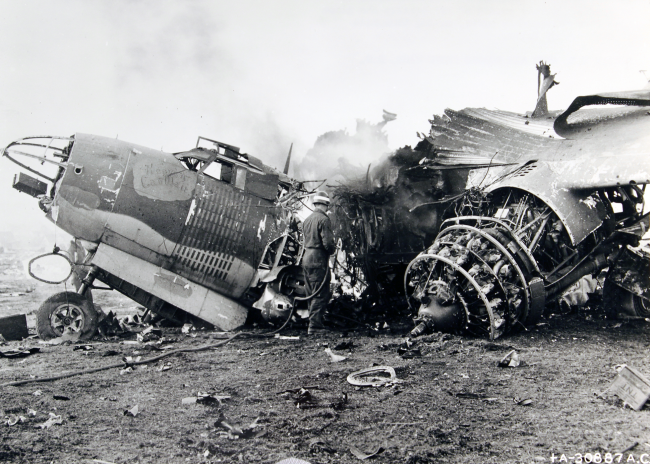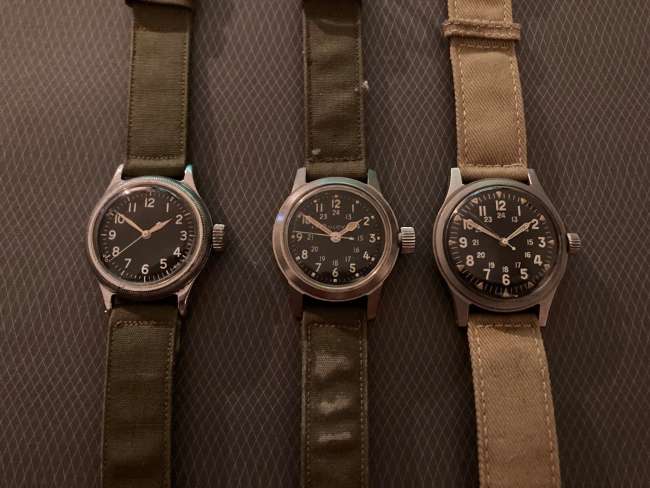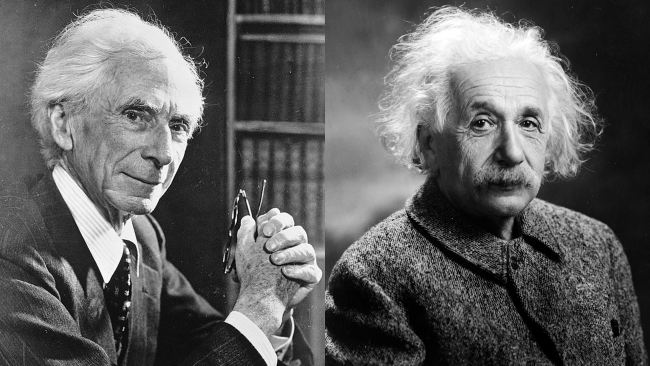When a person is subjected to a life or death situation, a chemical reaction occurs inside the body that heightens awareness, numbs pain, and otherwise prepares the body for escape or imminent attack. This ‘fight or flight’ response is a survival mechanism that generally gives human beings (and other creatures) an adaptive advantage. This is a healthy, normal reaction. If this survival mechanism is engaged for a prolonged period, however, side-effects such as severe trembling, dizziness, and hyperventilation can occur. The modern military refers to this condition as Combat Stress Reaction, and it is to be expected due to the emotional, mental, and physical demands of prolonged combat operations.
There’s an old saying in the army: “Stay Alert, Stay Alive!”
Wise words indeed. But how long can a soldier remain in a constant state of alertness before damage is caused to their mental state? How long before this damage becomes permanent?
It’s difficult to say because the results of long term exposure to combat varies among individuals.
During World War II, it was determined by the US Army that the breaking point for a soldier on the front line was somewhere between 60 and 240 days, depending on the intensity and frequency of combat.
This condition was nothing new among combat soldiers, but military medicine was gaining a better grasp and understanding of what exactly was causing it. What had been known in previous wars as “Nostalgia," “Old Sergeant’s Disease," or “Shell Shock," was now appropriately termed, “Combat Fatigue”.
In past wars and in the opening days of World War II, the War Department believed that soldiers suffering from combat fatigue had an underlying, pre-existing mental condition.
Accordingly, inductees were psychologically screened and rejected for service if they were perceived to possess a weak constitution or mental deficiencies that were considered potential indicators of a breakdown in combat. However, after the Guadalcanal Campaign, the US military learned that a serviceman’s ability to survive the psychological rigors of combat could not be predicted. The point was driven home when in 1943, one of the nation’s elite fighting forces suffered significant psychiatric casualties. More than 500 marines returning from Guadalcanal were treated for symptoms such as tremors, sensitivity to loud noises, and periods of amnesia—the condition was termed “Guadalcanal Disorder.”
As more American servicemen entered into combat, the number of psychological casualties steadily rose. During the Normandy Campaign, army psychologists noted that the combat effectiveness of troops sharply declined after 30 days of combat. After 45 days, troops were in a near vegetative state. Psychiatrist John Appel, who studied combat exhaustion cases during the Battle of Monte Cassino and Anzio Campaign, came to the sobering conclusion that, “Practically all men in rifle battalions who are not otherwise disabled ultimately became psychiatric casualties.”
Military medicine finally conceded that it wasn’t a question of “if” a soldier would break in combat, but a question of when.
With a war to be won and in the face of a manpower crisis, the military’s primary concern was to return men to duty as quickly as possible. This was done by evacuating psychologically traumatized men to aid stations just to the rear of the frontlines. There, casualties received a dose of Sodium Amytal which put them into a deep sleep for a period of up to 48 hours; afterwards they ate a hot meal, showered and put on a clean uniform, then they were evaluated by medical personnel. Most responded positively to the treatment and 50 to 70 percent of combat exhaustion cases were returned to combat within three days. More severe cases were sent to hospitals and never returned to combat.
During World War II, it is estimated that only one million men (or roughly one out of every 16 service members) saw what could be considered sustained combat. This group, however, accounts for the majority of the war’s casualties. Even when enemy bullets and shrapnel failed to kill or physically wound, they inflicted casualties nonetheless. More than half a million service members suffered some sort of psychiatric collapse due to combat. Alarmingly, 40 percent of medical discharges during the war were for psychiatric conditions. The vast majority of those can be attributed to combat stress.
After the war, Americans returning from the battlefields of Europe and the Pacific were eager to get on with their lives. One benefit for returning servicemen was an unemployment payment of $20.00 a week for a year with no stipulations on how the money was spent; returning servicemen called it the “52/20 club.” Many used the time the program afforded them to relax and process traumatic experiences from the war.
Some veterans quickly grew bored of civilian life as it paled in comparison to the overstimulation that only combat provides. As a result many came home as adrenaline junkies. Numerous auto racing and motorcycle clubs were formed by groups of returning veterans in the immediate post-war years.
For many veterans, the symptoms of combat fatigue or combat stress faded once they returned home. For others, the symptoms were long lasting and function impairing. Combat stress can morph into Post Traumatic Stress, which begins to appear in the affected individual after the traumatic experiences have passed.
PTS can afflict anyone, not just soldiers. In people who suffer from PTS, the fight or flight response that was so vital to their survival in combat or a traumatic situation can sometimes be triggered by the stress of everyday life. Seemingly small, non-life- threatening situations can initiate the same internal chemical reaction that individuals experienced in combat or otherwise terrible past experiences. The symptoms of PTS are very similar to those of the combat stress reaction and can range from the mild to the extreme. Intrusive thoughts make concentration difficult and simple tasks become overwhelming. Some may experience hyper-vigilance and paranoia, causing them to constantly lock doors or look over their shoulders. Others may struggle with perhaps the cruelest symptoms of all, nightmares and flashbacks that cause them to relive the traumatic events of their past as if it were happening for the first time.
Symptoms manifest in outbursts of anger, rage, insomnia, and bouts with depression that wreak havoc on careers and personal relationships. The results of this behavior undoubtedly diminish the quality of life for people with PTS and their loved ones.
One of the most prevalent symptoms of PTS is avoidance, not wanting to talk about it. In the decades that followed the war, and to the chagrin of many baby-boomers growing up, their parents never spoke about the war.
As some WWII veterans aged beyond retirement, the distraction of raising families and focusing on careers left an unwelcomed void in their minds. Idle time, or the death of a spouse, were often the doorways through which unpleasant war memories returned. As a result, VA treatment centers saw a large influx of WWII veterans seeking treatment for PTS in the 1990s.
In recent years, the thirst for knowledge of World War II has fueled numerous oral history projects. The National WWII Museum’s own oral history program is dedicated to preserving the individual stories of World War II, and in many cases, has served as an outlet for veterans to share their stories for the first time since the war.
Currently, there is no cure for PTS, but there is hope. Symptoms can be eased by psychotherapy and medication. June is PTS awareness month, let us be reminded of the veterans of all wars and others who suffer with this condition. A little kindness in our daily lives can go a long way in combating this condition. That kind word you say to a stranger or cashier may make all the difference, you never know who may be fighting a hard battle on the inside.
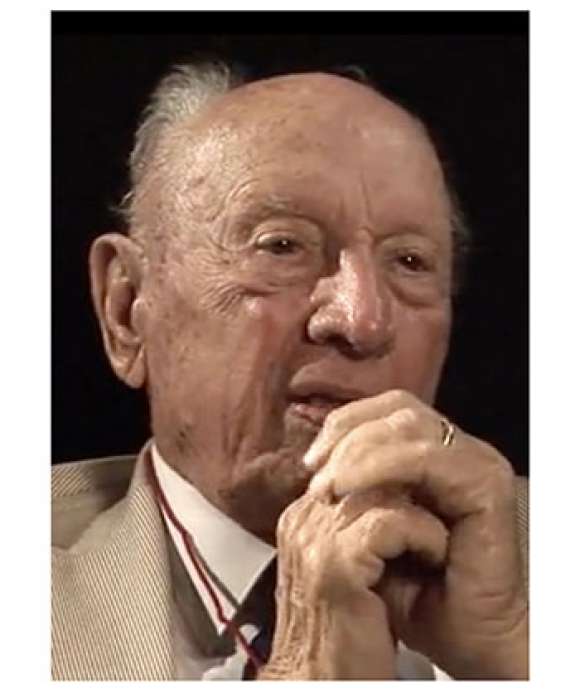
The Digital Collections of The National WWII Museum
Browse through the hundreds of Oral Histories in the Museum's Digital Collections. Search by theater, branch of service, and keywords. Get to know the Greatest Generation from their own stories.
Larry Decuers
Larry Decuers is a former Curator at The National WWII Museum and veteran of the US Army's 101st Airborne Division.
